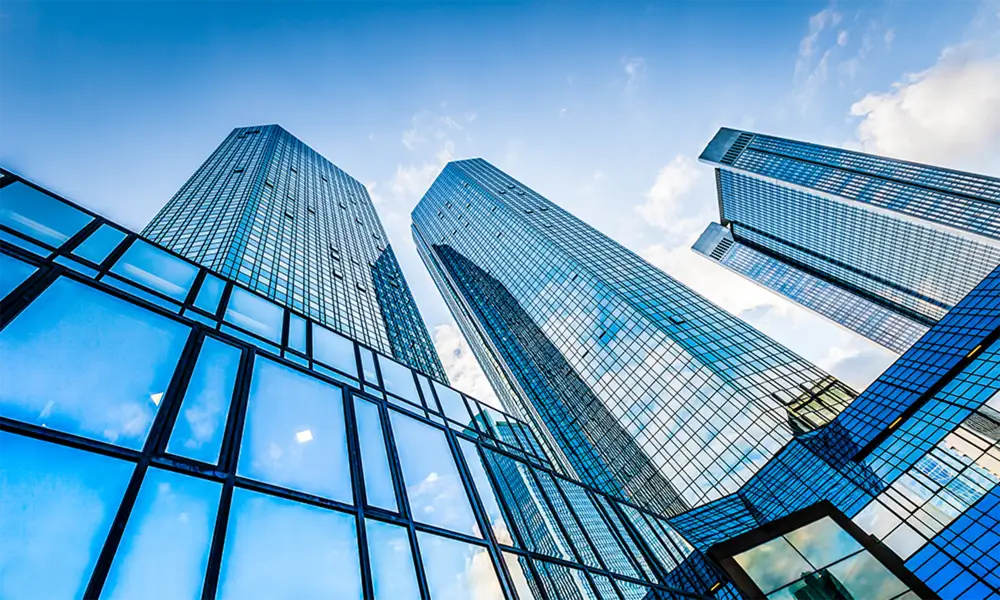

The Emergence of Transparent Reflective Glass A Revolution in Modern Architecture
In recent years, the use of transparent reflective glass has become a defining feature in modern architecture and design. This advanced material combines transparency with reflectivity, enabling buildings to meld aesthetically with their surroundings while providing a unique functionality. Architects and designers are increasingly recognizing the potential of transparent reflective glass to transform spaces, enhance energy efficiency, and create striking visual elements.
What is Transparent Reflective Glass?
Transparent reflective glass is a specialized type of glass that has been treated with a thin reflective coating. This coating allows the glass to reflect light and images while still permitting visibility through it. The result is a unique aesthetic that maintains a delicate balance between seeing and being seen. This glass is available in various degrees of reflectivity, enabling architects to choose the right type according to their specific design and functional requirements.
Architectural Aesthetics
The aesthetic appeal of transparent reflective glass is one of its most compelling advantages. Its ability to reflect the surrounding environment creates dynamic facades that change throughout the day. During daylight, buildings clad in this glass can appear to dissolve into their surroundings, contributing to a harmonious integration with nature. At night, however, the glass’s reflective properties create a striking contrast against the darkened sky, often illuminating the structure in an eye-catching display. This transformative quality allows architects to push the boundaries of design, crafting buildings that are both innovative and compelling.
Energy Efficiency and Sustainability
Modern architecture emphasizes sustainability, and transparent reflective glass aligns with this paradigm. Its reflective qualities help in controlling solar heat gain, reducing the need for artificial cooling systems. By reflecting sunlight, this glass minimizes heat absorption, which can lead to significant energy savings over time. Moreover, many manufacturers are developing eco-friendly variations of reflective glass, which utilize sustainable materials and processes, further contributing to a building's overall environmental footprint.
Additionally, transparent reflective glass plays a crucial role in facilitating natural daylighting. By using this material, buildings can maximize daylight penetration, reducing reliance on artificial lighting during the day. This not only enhances the interior environment but also contributes to energy efficiency in commercial and residential spaces.

Privacy Without Compromise
One of the main challenges in architectural design is achieving a balance between natural light, aesthetics, and privacy. Transparent reflective glass provides a unique solution to this dilemma. While it allows ample daylight to filter into a space, it also reflects the outside view, creating a sense of privacy for occupants without sacrificing the connection to the outdoors. This is especially beneficial in urban settings, where buildings are often in close proximity to each other. Users can enjoy views and natural light while maintaining personal space.
Safety and Durability
The durability of transparent reflective glass is another significant advantage. Modern glass technology has produced highly resilient materials capable of withstanding extreme weather conditions, including high winds and heavy rainfall. Additionally, this glass can be designed to meet stringent safety standards, reducing the risk of shattering. The combination of aesthetic appeal, energy efficiency, and safety makes transparent reflective glass an attractive choice for contemporary architectural projects.
Applications and Innovations
The applications of transparent reflective glass are vast and varied. It is commonly used in office buildings, shopping centers, and residential projects, adding a touch of elegance while serving practical functions. Innovative designs featuring this glass are becoming iconic landmarks in cities worldwide. Architects are experimenting with various coatings, tinting methods, and thicknesses, pushing the boundaries of what is possible with this material.
Future developments in transparent reflective glass technology may further enhance its properties, making it even more versatile and beneficial. For instance, the integration of smart glass technologies allows for dynamic control of reflectivity and transparency, adapting to changing light conditions throughout the day.
Conclusion
In conclusion, transparent reflective glass is revolutionizing modern architecture by merging aesthetic beauty, functionality, and sustainability. Its unique properties provide architects with the tools to create inspiring structures that contribute positively to the built environment. As we move towards an era where environmental consciousness and innovative design intersect, transparent reflective glass stands at the forefront of architectural evolution, shaping the cities of tomorrow. Its continued use and development promise to redefine our understanding of how buildings interact with their surroundings, both visually and environmentally.